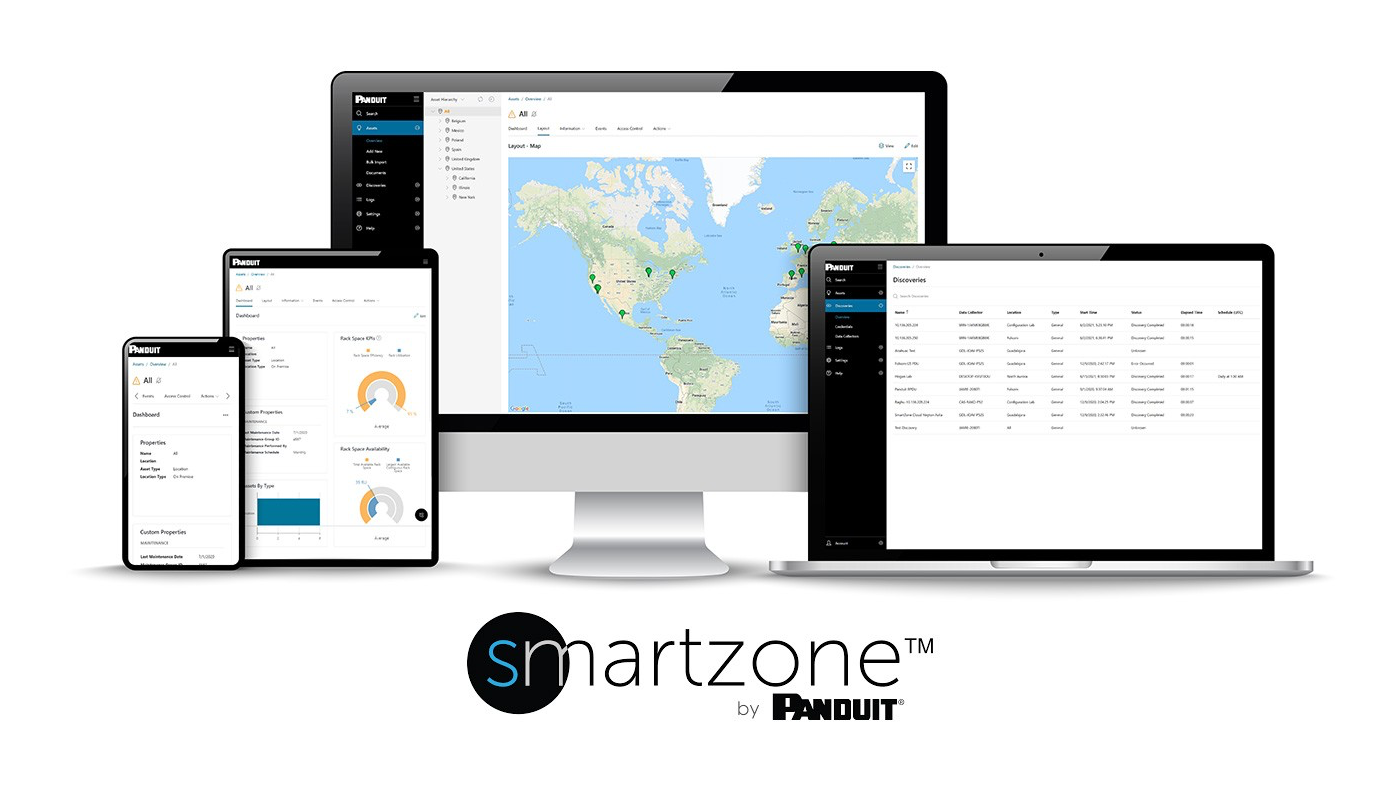How Artificial Intelligence Makes Dollars and Sense for the Financial Services Industry
From digital-only start-ups to traditional brick-and-mortar behemoths, it seems like every organization in every corner of the financial services industry is focused on launching new products and services for consumer lending, spending, investing, saving…the list goes on and on. And the smart enabling technology behind many of these innovations is artificial intelligence (AI).
With AI, a computer performs the types of tasks that humans have traditionally done because they involve human intelligence and discernment. AI also uses machine learning, which is a statistical technique that allows programs to learn from past experiences or from existing data. AI also can handle the kind of unstructured data (images, video, location, time series data) that traditional database applications can’t.
Following are three key ways that financial services organizations are using AI to innovate faster, operate more efficiently, and deliver better customer experiences:
1. Enabling more effective and efficient back-end systems
With the ability to predict future scenarios by analyzing past behaviors, AI can improve critical aspects of the financial services ecosystem, such as risk management and lending.
AI provides a faster, more accurate assessment of a potential borrower, at less cost. It also can consider a wider variety of factors, which in turn results in a smarter lending decision. For example, because AI can draw from more data points and use more sophisticated rules compared traditional credit scoring systems, it can help lenders identify applicants who are credit-worthy even if they lack what would be previously be considered sufficient credit history.
Additionally, AI is helping banks replace labor-intensive, manual workflows with highly reliable, cost-efficient, and fast robotic operations. According to a forecast by Autonomous Research, it is predicted that by 2030, AI technologies will allow banks to reduce operating costs by 22%,and that financial institution savings can reach $1 trillion in the long run.
2. Providing a smarter approach to fraud prevention
While financial services organizations’ need to fight fraud isn’t new, digital transformation has created new opportunities for fraudsters operating in a cyber world.
Fortunately, fraud prevention is an area where AI shines strong. Consider payment fraud, for example, when a consumer is contacted by a credit card issuer asking them to validate a transaction, or informing them of fraud on their card, that’s AI at work.
3. Developing customer experiences that engage and delight
With so many choices available to consumers, finding ways to create long-term loyalty is never low on the list of priorities. AI can be used to invent, or reinvent, new-and-improved customer experiences that traditional methods can struggle to deliver.
For example, AI can generate personalized financial advice and natural language processing to provide instant self-help customer service faster and more accurately than humans. Hence, the rising proliferation of digital financial assistants, robo advisors, and chatbots. Because many customers find it easier to connect with virtual assistants than with real ones, some of these ‘virtual people’ now are offering personalized recommendations for altering spending habits for improved financial health.
Behind Every AI-Powered Solution is a Strong IT Infrastructure
AI-powered products and services are no longer nice-to-haves but must-haves in order to survive and thrive moving forward. However, organizations running AI applications at scale must consider the IT infrastructure needed to support them.
For example, AI-powered applications use more power per rack than average applications, because they require much higher processor utilization, and they rely on faster-running processors, which also require more power. Greater density, along with higher utilization, increases the demand for cooling, which further increases the need for power. Organizations can face challenges when it comes to ensuring their IT infrastructure can provide the agility, flexibility, and security necessary to meet customer expectations and regulatory mandates.
Panduit provides hybrid IT infrastructure solutions for forward-thinking financial services organizations seeking automated, responsive, and robust environments in which to enable customer-centric and information-rich operations. Future applications will need flexible IT to allow various new technologies to offer valuable innovative services. Panduit, alongside our vast partner ecosystem, is one way to give your systems the maximum flexibility.
Visit our landing page to learn more.
* This article was originally posted on Panduit Connections Blog.

































 Back
Back